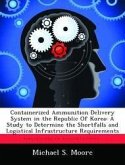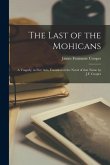Numerous chemicals with ototoxic properties may cause hearing loss directly, potentiate noise-induced hearing loss, or produce additive effects. Of interest to the US Air Force are studies showing ototoxic effects of JP-8 jet fuel and its hydrocarbon constituents. The Naval Health Research Center (NHRC) at Wright-Patterson AFB, Ohio, in conjunction with the USAF, is studying the ototoxic effects of JP-8 in rats. The study requires a white noise source that is one octave band wide, centered at 8 kHz frequency, delivered from outside of exposure chambers. Sound pressure levels must be within +/- 2 dB at all exposure points within each chamber and within +/- 2 dB over a 6-hour run. Electrodynamic shakers were successfully used to produce the required input noise in three exposure chambers by inducing vibration in chamber plenums. Distribution of sound pressure levels across chamber exposure points were well controlled within a +/- 1.5 dB prediction interval ( = 0.05) or better. Stability at a central reference point was well controlled over 6-hour runs within a +/- 1 dB prediction interval ( = 0.05) or better. The final system solution gives the NHRC a unique capability to deliver noise and whole-body JP-8 aerosol exposures simultaneously.
Bitte wählen Sie Ihr Anliegen aus.
Rechnungen
Retourenschein anfordern
Bestellstatus
Storno









